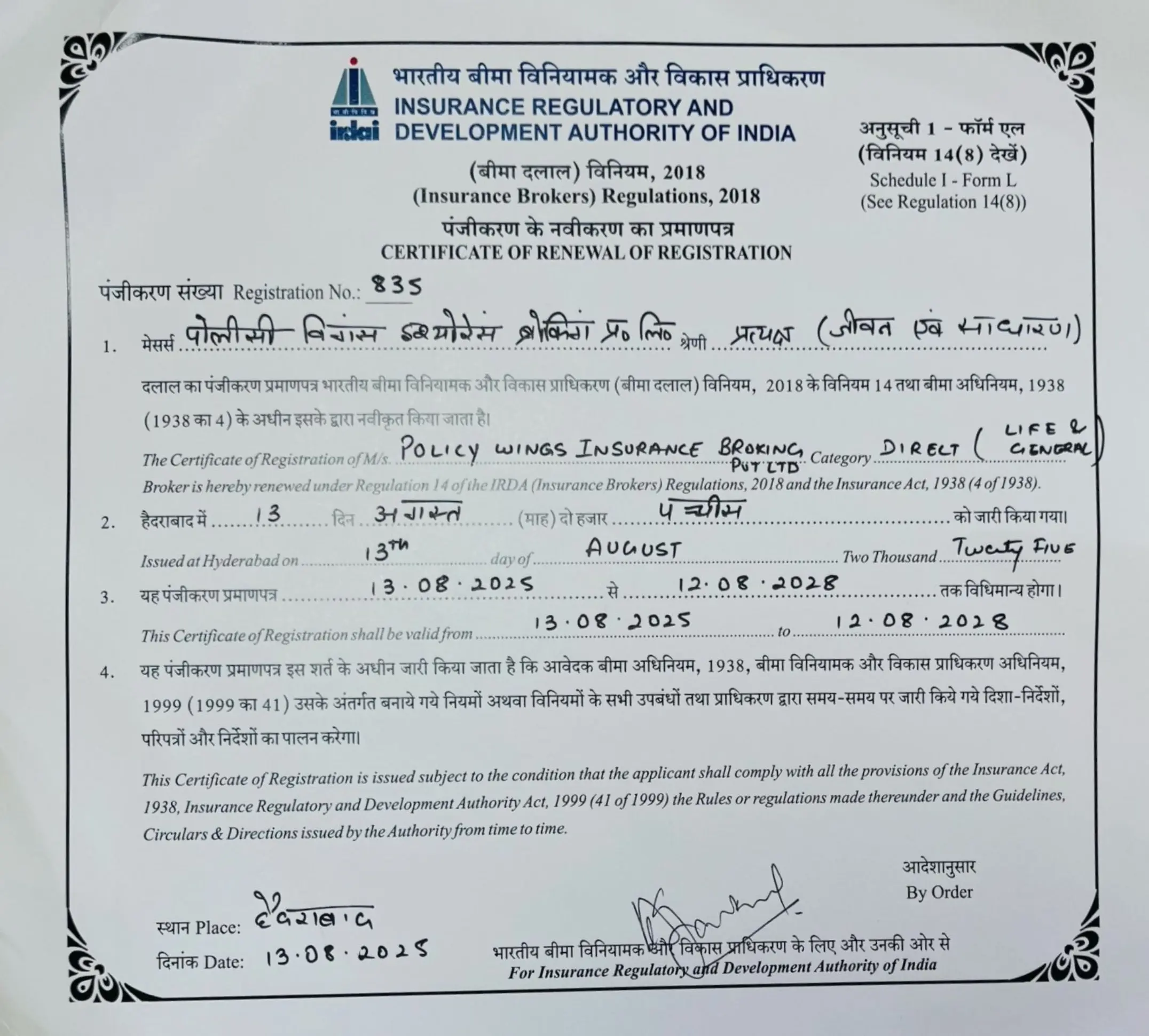Introduction
Insurance for Cyber liability in India are now crucial components of business resilience rather than optional extras. Indian businesses need to protect themselves with proactive risk coverage as digital transformation picks up speed across industries.
India’s legal system has developed quickly. Section 43A of the Information Technology Act of 2000 requires that any organisation that handles sensitive personal data put in place “reasonable security practices and procedures”, failing which it may be held legally liable. These requirements, which are further explained by the 2011 Rules under the same Act, include standards for data collection, disclosure, and privacy policies.
To strengthen citizen’s data rights, India passed the historic Digital Personal Data Protection Act, 2023 (DPDP Act) in 2023. The appointment of Data Protection Officers, impact assessments, and fiduciary classification are now proposed in the Draft DPDP Rules, 2025, which were published in January of that year. This represents a significant operational change for businesses handling personal data. A tightening of regulatory oversight is indicated by the government’s implementation of e-Zero FIR for cybercrime reporting and SEBI’s requirement that listed companies disclose cybersecurity incidents on a quarterly basis.
Insurance regulations are catching up, though, as the sector regulator, the Insurance Regulatory and Development Authority of India (IRDAI), released its Information & Cyber Security Guidelines, 2023, which went into effect on March 24, 2025. According to these guidelines, insurers and intermediaries must comply with India’s NTP for logs, maintain six months of ICT log data, report cyber incidents to IRDAI and CERT-In within six hours, and have a Cyber Crisis Preparedness Plan with outside forensic experts hired beforehand.
Why this matters for Indian companies:
- Legal Exposure and Regulatory Requirements
Financial penalties, legal liability, or reputational harm may result from noncompliance with DPDP mandates or IT Act security obligations. Exposures such as fines, litigation, forensic expenses, and breach notifications are reduced by a cyber liability policy.
- Changing Cyberthreat Environment
In 2024 alone, there were reportedly close to 370 million malware and cyberattack incidents in India, with BFSI sectors being the most commonly targeted. The financial vulnerability is highlighted by the fact that the average cost of a data breach can reach crores.
- Gap in Coverage for Losses to First and Third Parties
In India, cyber insurance now frequently covers both third-party liabilities, such as legal fees, fines from the government, and damage to one’s reputation, as well as first-party losses, such as data restoration, business interruption, and ransom payments.
- Promoting Best Practices
During underwriting, insurers evaluate an organization’s security posture in accordance with the IT Act and DPDP. In addition to improving cybersecurity, certifications like ISO 27001, ISO 27701, or SOC 2 can lower premiums.
- Operational discipline and governance
By requiring insurers to implement more robust governance, IRDAI’s guidelines raise the bar for the entire industry and guarantee that younger firms only underwrite when risk preparedness and incident response are in place.
Case Law Insight
In the historic ruling in Justice K.S. Puttaswamy (Retd.) v. Union of India (2017), the Indian Supreme Court upheld the importance of protecting personal information as a fundamental right under Article 21.
Cyber Risks in the Supply Chain and Third-Party Vendors
Nowadays, companies hardly ever work alone. Vulnerabilities in cloud service providers, other supply chain partners, or outsourced IT providers are the root cause of many breaches in India. Companies are still legally liable for data breaches brought on by outside service providers handling their data under the DPDP Act and IT Act. Cyber insurance is essential for industries that heavily rely on vendor ecosystems, such as manufacturing, IT/ITeS, fintech, and e-commerce. It can cover investigation costs, breach notifications, contract dispute resolutions, and multi-party litigation.
Real World Implementation: Best Practices for Indian Companies
- Conduct a cyber risk assessment in accordance with the IT Act and DPDP guidelines.
- To improve compliance posture and lower insurance costs, get ISO or SOC certifications.
- Assign a Data Protection Officer (DPO) and get ready for the upcoming DPDP Rules regulatory requirements.
- Obtain a thorough cyber liability policy that addresses third-party risks (legal, regulatory penalties, PR) as well as first-party risks (forensics, business interruption, ransom, and data restoration).
- As mandated by IRDAI, guarantee incident response preparedness, including log retention, forensic expert panels, and board-level supervision.
- Review and test incident response plans, insurance adequacy, and cyber risk management on a regular basis.
In 2025, cyber insurance India is much more than just a safety net, it’s a strategic necessity as the country’s digital and regulatory landscape changes. A strong cyber liability policy that complies with DPDP requirements, IT Act standards, and IRDAI’s crisis management guidelines enables businesses to control legal risks, maintain business continuity, and protect stakeholder trust. Indian businesses will be stronger, more resilient, and prepared for the future if they invest in cyber readiness now, not just through technology but also through governance and policy.







